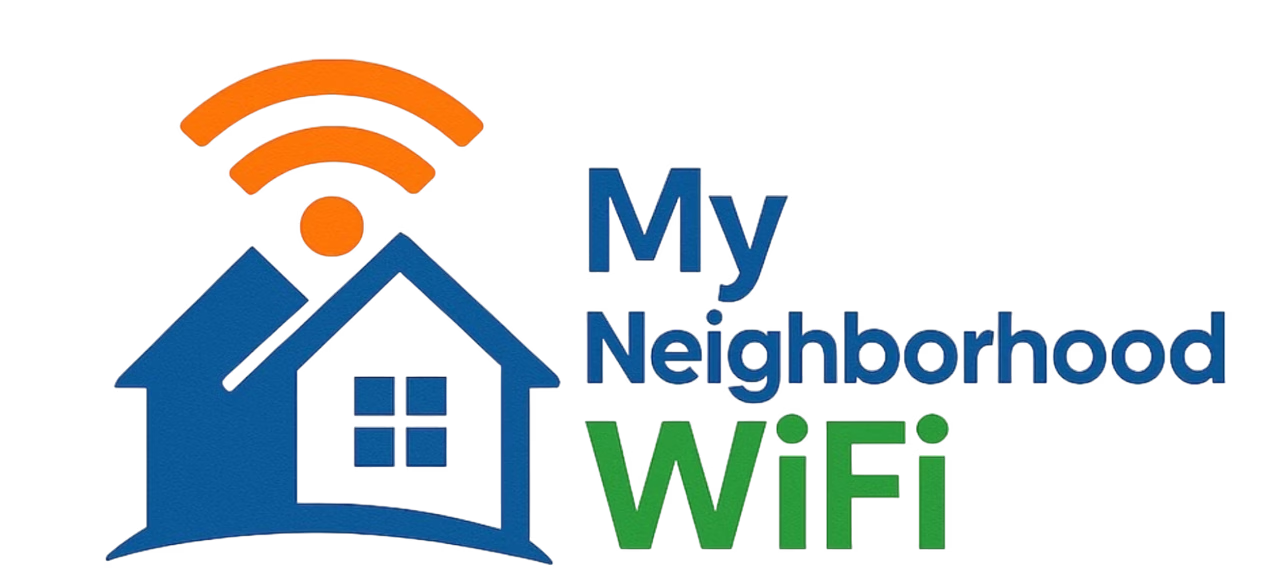
If you live in a rural or remote area, chances are you’ve searched for satellite internet options that can provide a reliable connection in 2025. While fiber and cable dominate urban settings, satellite internet continues to be a lifeline for millions of households, offering coverage where other technologies simply can’t reach. With new satellites, improved latency, and evolving competition, the market for satellite connections looks different than it did just a few years ago.
Why Satellite Internet Still Matters in 2025
Satellite internet matters today because it fills a critical gap. Many regions around the world, especially rural and mountainous areas, remain far from physical broadband infrastructure. Unlike DSL or cable, which requires extensive ground-level wiring, satellite internet beams connectivity directly from orbiting satellites to a dish on your roof. This makes it particularly useful for:
- Rural homeowners far from fiber or cable lines.
- Seasonal cabins or vacation homes off the grid.
- Mobile users with RVs or boats that travel often.
- Emergency preparedness in areas prone to natural disasters.
How Satellite Internet Works
Understanding the technology helps clarify its strengths and limits. A typical system involves three main elements:
- A satellite in geostationary orbit or low-Earth orbit (LEO).
- A dish antenna installed at your home or location.
- A modem and router connecting your devices to the network.
When you search the internet, your device sends a request to your router, which transmits it via the dish to a satellite in space. The satellite relays the signal back to a ground station connected to the global internet infrastructure, then the data comes back the same way. Newer LEO satellites reduce this round-trip distance, which means much lower latency compared to older geostationary systems.
Benefits and Drawbacks of Satellite Internet in 2025
Benefits
- Available almost everywhere with clear sky access.
- Rapid deployment compared to laying physical infrastructure.
- Increasingly improved latency and higher speeds with modern satellite constellations.
- Flexibility for mobile living (RVs, boats, or rural setups).
Drawbacks
- Weather interference can cause slower speeds or short outages.
- Data caps are still common in 2025 for many providers.
- Higher monthly costs than DSL or entry-level cable in urban areas.
- Gaming and video calls may still be impacted by latency, depending on the provider.
Top Satellite Internet Options Worth Considering in 2025
Let’s look at some of the leading satellite internet choices you may encounter today. Each has its own hardware, pricing model, and technology setup, so the right one depends on your needs.
Option 1: Low-Earth-Orbit (LEO) Based Services
LEO providers tend to dominate the conversation now because their networks use constellations of satellites that orbit closer to Earth. This results in significantly reduced latency. Many users report experiences closer to terrestrial broadband, which makes these systems ideal for video calls, streaming, and everyday browsing without the long lag of traditional geostationary services.
Option 2: Traditional Geostationary Satellite Internet
Geostationary satellites sit over 22,000 miles above Earth. They remain fixed above the same spot, so the dish alignment is straightforward. These services often offer large coverage areas and established infrastructure. However, the main drawback is latency—the signal takes longer to travel, which can make online gaming, real-time collaboration, or trading impractical.
Option 3: Hybrid Satellite + Fixed Wireless Solutions
Some companies in 2025 are blending satellite with fixed wireless to expand capacity and maintain stable service even during weather events. These can be appealing if you want a more redundant setup for remote work.
What to Look for in a Satellite Internet Provider
Choosing the right option requires considering several factors. Here’s a guide for evaluating what matters most for your setup:
- Speeds: Look at both download and upload speeds. Speeds vary widely depending on the orbit type and the satellite fleet size.
- Latency: LEO systems will have much lower latency than geostationary ones.
- Data Caps: Some plans may throttle speeds after you hit a monthly data threshold.
- Equipment Costs: Antennas and modems carry hefty upfront prices for satellite setups.
- Contract Terms: Lock-in periods and installation fees should never be overlooked.
Tips for Improving Your Satellite Internet Experience
1. Place Your Dish Strategically
Your dish needs clear line-of-sight to the sky. Trim trees or reposition the antenna for better reception.
2. Use a Modern Router
A strong internal network matters as much as the satellite link. Investing in a good Wi-Fi router or mesh setup can help speed distribution throughout your home. You can see examples of common setups discussed by everyday users on Reddit and Quora, where people compare router performance for satellite connections.
3. Schedule Updates and Downloads
If your provider has off-peak free zones, schedule large downloads overnight. This helps you conserve data during the day when you need it for work or streaming.
4. Consider Ethernet Connections
Using Ethernet for devices like PCs or streaming boxes can help maximize available bandwidth compared to Wi-Fi.
Satellite Internet vs Other Rural Solutions
How does satellite internet compare with DSL or fixed wireless options common in smaller towns?
| Technology | Coverage | Latency | Best For |
|---|---|---|---|
| Satellite | Global (needs dish) | 25ms to 600ms | Rural homes, mobile use |
| Fixed Wireless | Regional (line of sight to tower) | 20ms to 50ms | Suburban/rural homes near towers |
| DSL | Small towns with copper lines | 30ms to 100ms | Areas with existing legacy networks |
Is Satellite Internet Right for You?
Satellite isn’t for everyone, but in 2025 it’s more viable than ever thanks to expanded LEO networks and improved data caps across providers. If you’re in a farmhouse, RV, fishing cabin, or seasonal retreat where fiber and cable won’t be arriving anytime soon, this is the technology that will keep you connected to the rest of the world.
For many people, the final choice comes down to balancing availability, budget, and the kinds of activities you rely on the internet for. Reading firsthand experiences from users in forums like Reddit discussions or watching installation walkthroughs on YouTube can help you visualize what installation and performance really look like.
Final Thoughts
In 2025, satellite internet is no longer the last-resort option it once was—it’s evolving into a competitive solution for those who live off the beaten path. By understanding the differences between LEO systems, geostationary satellites, and hybrid technologies, you can choose the right fit for your connectivity needs. Whether you’re streaming your favorite shows in a cabin, working remotely from the countryside, or simply wanting a backup line for emergencies, there’s likely a satellite internet plan that works for you today.
“Most inquiries are answered within the same day”
Written by admin
Content writer and tech enthusiast sharing insights on internet connectivity.



